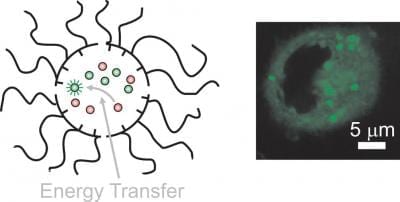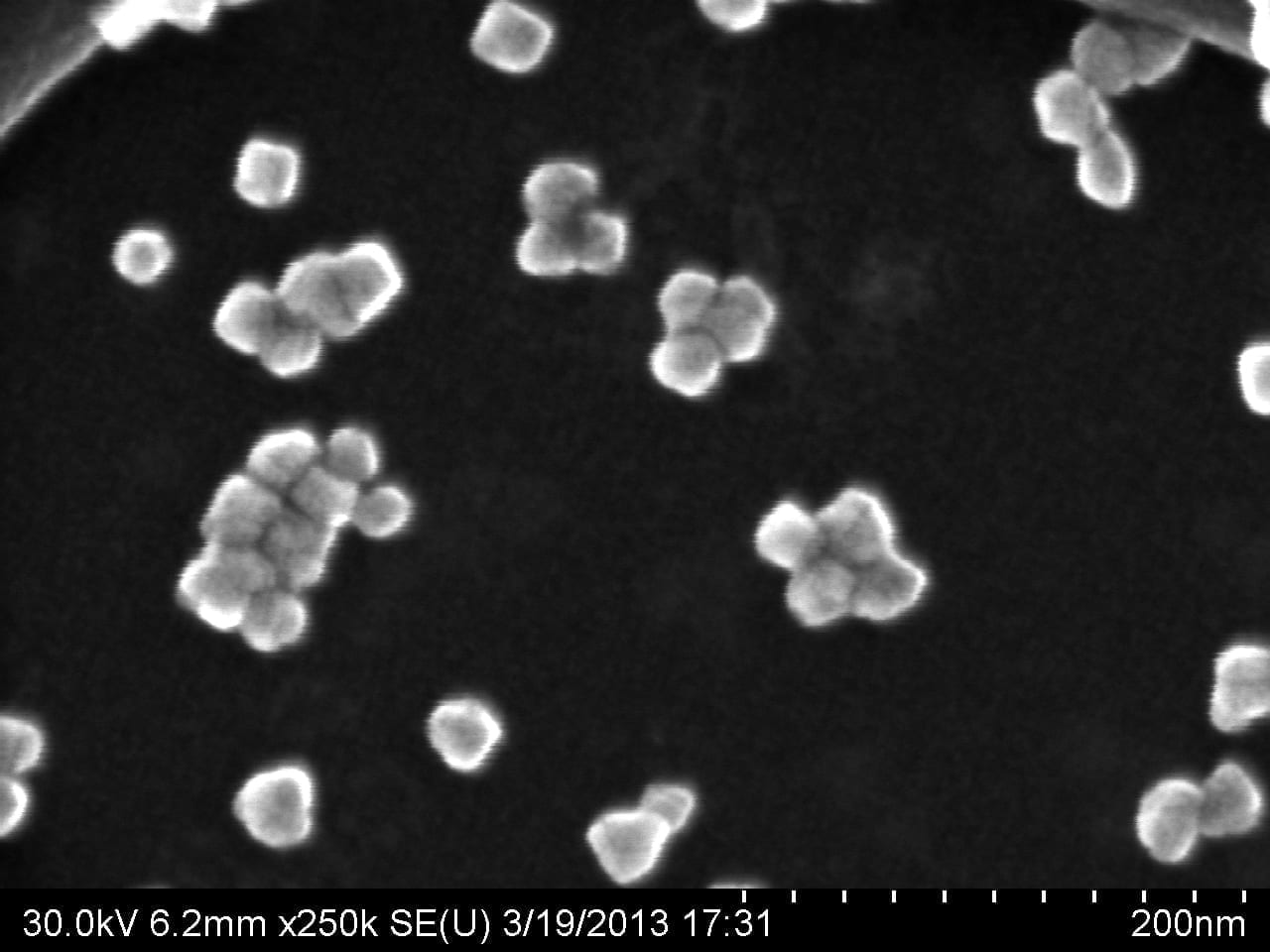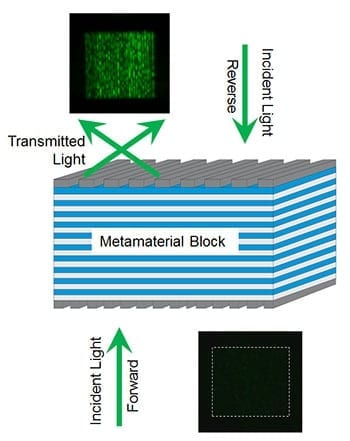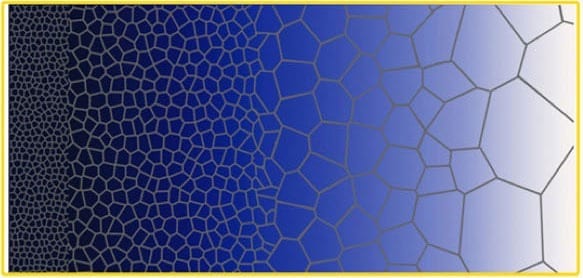Researchers at the University of Miami and the University of Ulster have created nanoparticles that can transport interacting molecules into living cells.
With the continuing need for very small devices in therapeutic applications, there is a growing demand for the development of nanoparticles that can transport and deliver drugs to target cells in the human body.
Recently, researchers created nanoparticles that under the right conditions, self-assemble – trapping complementary guest molecules within their structure. Like tiny submarines, these versatile nanocarriers can navigate in the watery environment surrounding cells and transport their guest molecules through the membrane of living cells to sequentially deliver their cargo.
Although the transport of molecules inside cells with nanoparticles has been previously achieved using various methods, researchers have developed nanoparticles capable of delivering and exchanging complementary molecules. For practical applications, these nanocarriers are highly desirable, explains Francisco Raymo, professor of chemistry in the University of Miami College of Arts and Sciences and lead investigator of this project.
“The ability to deliver distinct species inside cells independently and force them to interact, exclusively in the intracellular environment, can evolve into a valuable strategy to activate drugs inside cells,” Raymo says.
Read more . . .
The Latest on: Nanocarriers
[google_news title=”” keyword=”Nanocarriers” num_posts=”10″ blurb_length=”0″ show_thumb=”left”]
via Google News
The Latest on: Nanocarriers
- Wrap-Up of Federal and State Chemical Regulatory Developments, April 2024on April 18, 2024 at 5:00 pm
Publish an advance notice of proposed rulemaking (ANPRM) concerning lead for wheel-balancing weights (lead wheel weights); and By December 31, 2024, either sign a proposed rule regulating lead wheel ...
- Drug delivery innovations push forth women’s healthon April 11, 2024 at 3:09 am
From nanoparticles to transdermal patches, Pharmaceutical Technology takes a look at the latest in drug delivery technologies for women's health.
via Bing News











